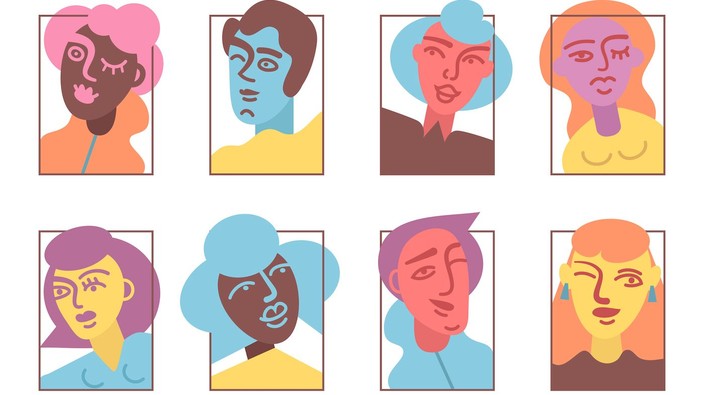when it comes to pronouns, never assume
to know what pronouns an individual prefers, your first priority should always be to simply ask them (and perhaps by sharing yours first) and to never assume.
when it comes to names, some transgender and non-binary people will change their given one to another that better suits them and their gender. this is also key as, according to a
trevor project report, using a transgender person’s chosen name resulted in a 29 per cent decrease in suicidal ideation and a 56 per cent decrease in suicidal behaviour.
below are some examples of pronouns that transgender people might use, also via the
trevor project, and in order of nominative, objective, possessive determiner, possessive pronoun, and reflexive:
she, her, her, hers, and herself
he, him, his, his, and himself
they, them, their, theirs, and themself
ze/zie, hir, hir, hirs, and hirself
xe, xem, xyr, xyrs, and xemself
ve, ver, vis, vis, and verself
how to be an ally with transgender people
the first step is to “listen with an open mind to transgender people speaking for themselves,” according to glaad (gay & lesbian alliance against defamation), along with following thought leaders in the transgender community, and exploring easy to access
resources, like books, films, documentaries and blogs that include the voices of transgender people.
